Chunguang Pan
Winning solutions and post-challenge analyses of the ChaLearn AutoDL challenge 2019
Jan 11, 2022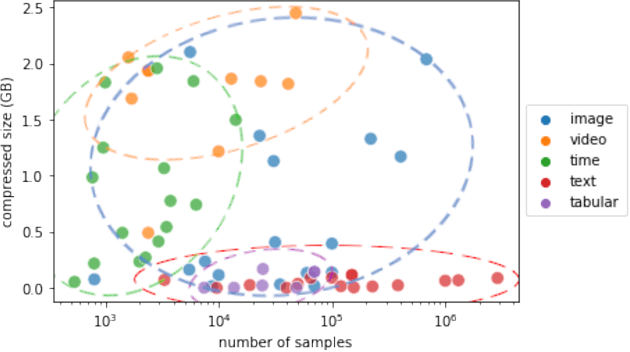
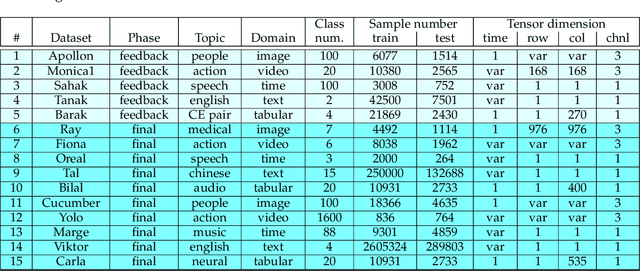
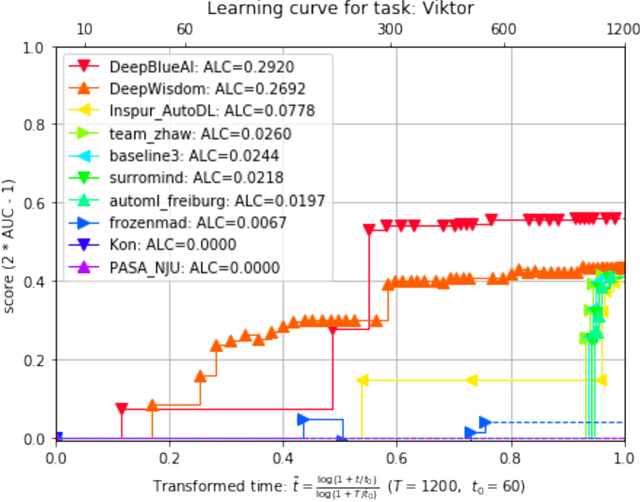
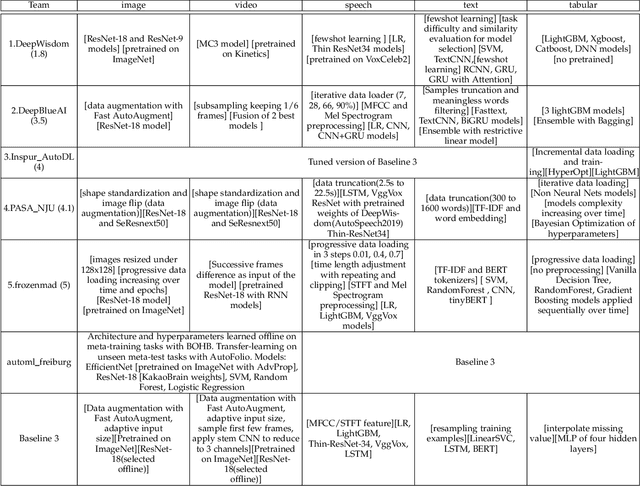
Abstract:This paper reports the results and post-challenge analyses of ChaLearn's AutoDL challenge series, which helped sorting out a profusion of AutoML solutions for Deep Learning (DL) that had been introduced in a variety of settings, but lacked fair comparisons. All input data modalities (time series, images, videos, text, tabular) were formatted as tensors and all tasks were multi-label classification problems. Code submissions were executed on hidden tasks, with limited time and computational resources, pushing solutions that get results quickly. In this setting, DL methods dominated, though popular Neural Architecture Search (NAS) was impractical. Solutions relied on fine-tuned pre-trained networks, with architectures matching data modality. Post-challenge tests did not reveal improvements beyond the imposed time limit. While no component is particularly original or novel, a high level modular organization emerged featuring a "meta-learner", "data ingestor", "model selector", "model/learner", and "evaluator". This modularity enabled ablation studies, which revealed the importance of (off-platform) meta-learning, ensembling, and efficient data management. Experiments on heterogeneous module combinations further confirm the (local) optimality of the winning solutions. Our challenge legacy includes an ever-lasting benchmark (http://autodl.chalearn.org), the open-sourced code of the winners, and a free "AutoDL self-service".
* The first three authors contributed equally; This is only a draft version
MapRE: An Effective Semantic Mapping Approach for Low-resource Relation Extraction
Sep 09, 2021

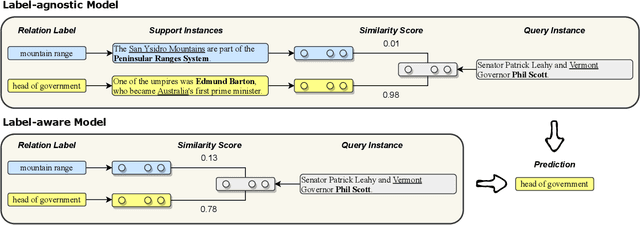

Abstract:Neural relation extraction models have shown promising results in recent years; however, the model performance drops dramatically given only a few training samples. Recent works try leveraging the advance in few-shot learning to solve the low resource problem, where they train label-agnostic models to directly compare the semantic similarities among context sentences in the embedding space. However, the label-aware information, i.e., the relation label that contains the semantic knowledge of the relation itself, is often neglected for prediction. In this work, we propose a framework considering both label-agnostic and label-aware semantic mapping information for low resource relation extraction. We show that incorporating the above two types of mapping information in both pretraining and fine-tuning can significantly improve the model performance on low-resource relation extraction tasks.
BERT-based Acronym Disambiguation with Multiple Training Strategies
Mar 02, 2021



Abstract:Acronym disambiguation (AD) task aims to find the correct expansions of an ambiguous ancronym in a given sentence. Although it is convenient to use acronyms, sometimes they could be difficult to understand. Identifying the appropriate expansions of an acronym is a practical task in natural language processing. Since few works have been done for AD in scientific field, we propose a binary classification model incorporating BERT and several training strategies including dynamic negative sample selection, task adaptive pretraining, adversarial training and pseudo labeling in this paper. Experiments on SciAD show the effectiveness of our proposed model and our score ranks 1st in SDU@AAAI-21 shared task 2: Acronym Disambiguation.
 Add to Chrome
Add to Chrome Add to Firefox
Add to Firefox Add to Edge
Add to Edge